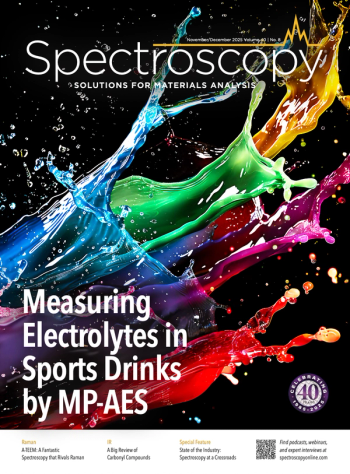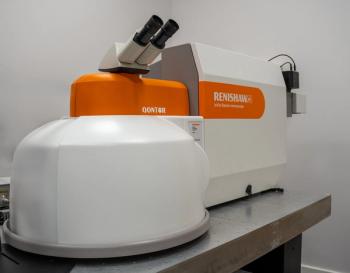
The Spectroscopy Emerging Leader Awards: Winners to Date
The Emerging Leader in Molecular Spectroscopy Award
The Emerging Leader in Molecular Spectroscopy Award recognizes the achievements and aspirations of a talented young molecular spectroscopist who has made strides early in his or her career toward the advancement of molecular spectroscopy techniques and applications.
The award will be given to a researcher who has focused the majority of his or her work in the field of vibrational or electronic spectroscopy, with direct contributions to Raman, infrared, near-infrared, terahertz, fluorescence, and/or UV-vis spectroscopy through original research on the development or advancement of theory, instrumentation, measurement techniques, or applications.
The winner must be within 10 years of receiving his or her PhD in the year the award is presented.
The Emerging Leader in Molecular Spectroscopy Award: Winners to Date
2023 – Dmitry Kurouski, Texas A&M University
2022 – Lu Wei, California Institute of Technology
2021 – Bhavya Sharma, the University of Tennessee
2020 – Markita Landry, University of California, Berkeley
2019 – Ishan Barman, Johns Hopkins University
2018 – Megan Thielges, Indiana University
2017 – Russ Algar, University of British Columbia
2016 – Matthew Baker, University of Strathclyde
Nomination deadline for the 2023 molecular spectroscopy award: November 14, 2022
Nomination Instructions: For details about how to nominate a candidate, and for the downloadable nomination form, please visit our
The Emerging Leader in Atomic Spectroscopy Award
The Emerging Leader in Atomic Spectroscopy Award recognizes the achievements and aspirations of a talented young atomic spectroscopist who has made strides early in his or her career toward the advancement of atomic spectroscopy techniques and applications.
The award will be given to a researcher who has focused the majority of his or her work in the field of analytical atomic spectroscopy, with direct contributions to inorganic mass spectrometry (MS), optical emission spectroscopy (OES), laser-induced breakdown spectroscopy (LIBS), atomic absorption spectroscopy (AAS), atomic fluorescence spectroscopy (AFS), and/or X-ray techniques through original research on the development or advancement of theory, instrumentation, measurement techniques, or applications.
The winner must be within 10 years of receiving his or her PhD in the year the award is granted.
The Emerging Leader in Atomic Spectroscopy Award: Winners to Date
2023 – Andreas Riedo, Physics Institute at the University of Bern
2022 – Denise M. Mitrano, ETH Zurich
2021 – L. Robert Baker, The Ohio State University
2020 – Jacob T. Shelley, Rensselaer Polytechnic Institute
2019 – Dominic Hare, the Florey Institute of Neuroscience and Mental Health
2018 – John M. Cottle, University of California, Santa Barbara
2017 – George Chan, Lawrence Berkeley National Laboratory
Submission Deadline for the 2024 atomic spectroscopy award: November 14, 2022
Nomination Instructions: For details about how to nominate a candidate, and for the downloadable nomination form, please visit our
Newsletter
Get essential updates on the latest spectroscopy technologies, regulatory standards, and best practices—subscribe today to Spectroscopy.



